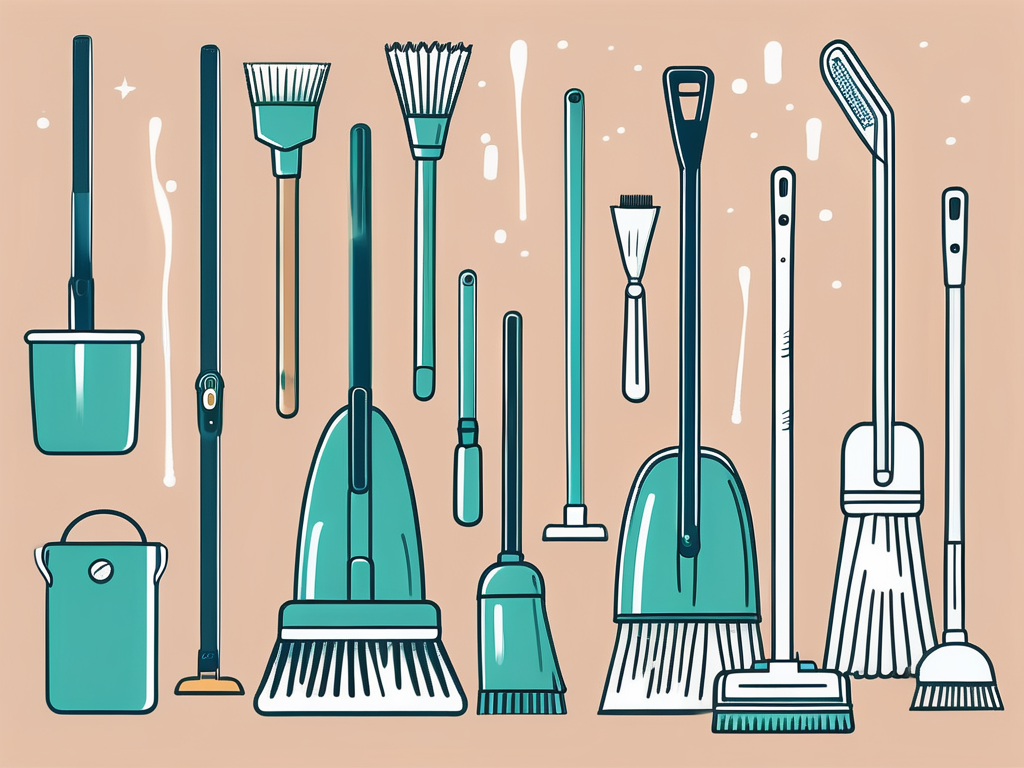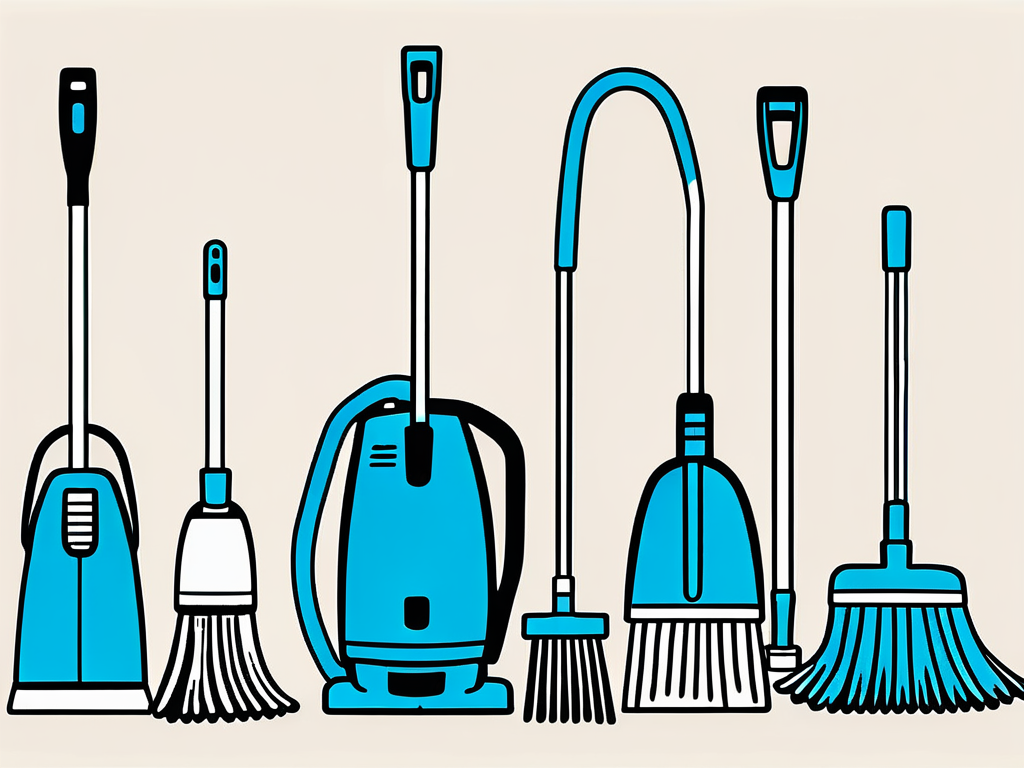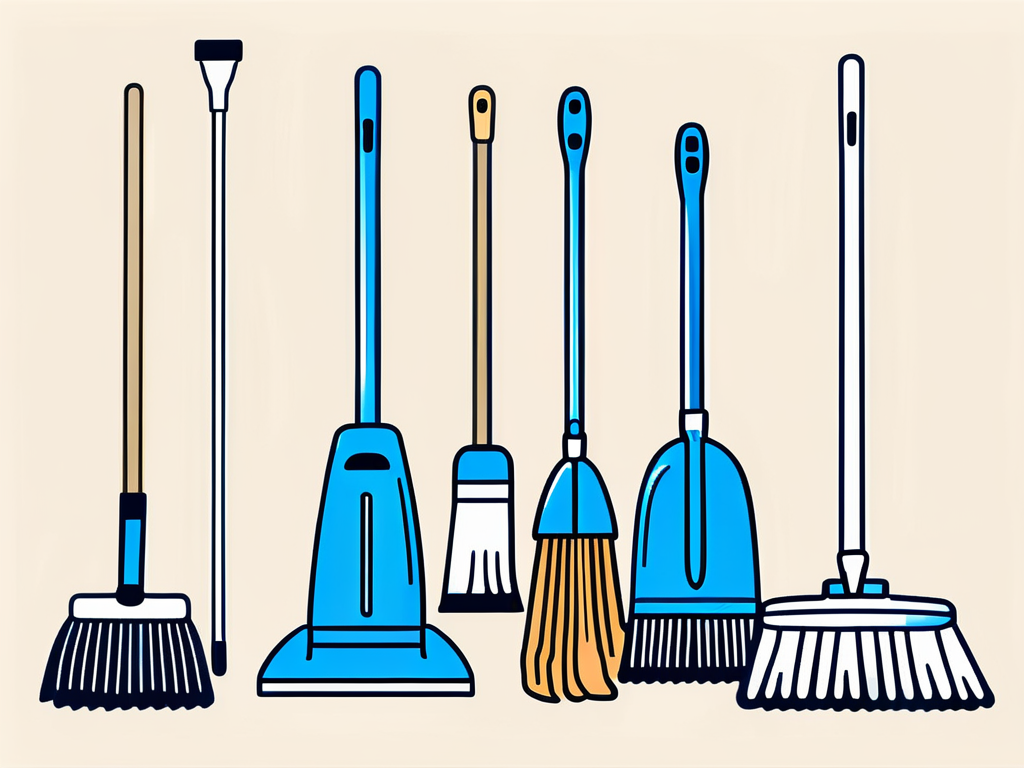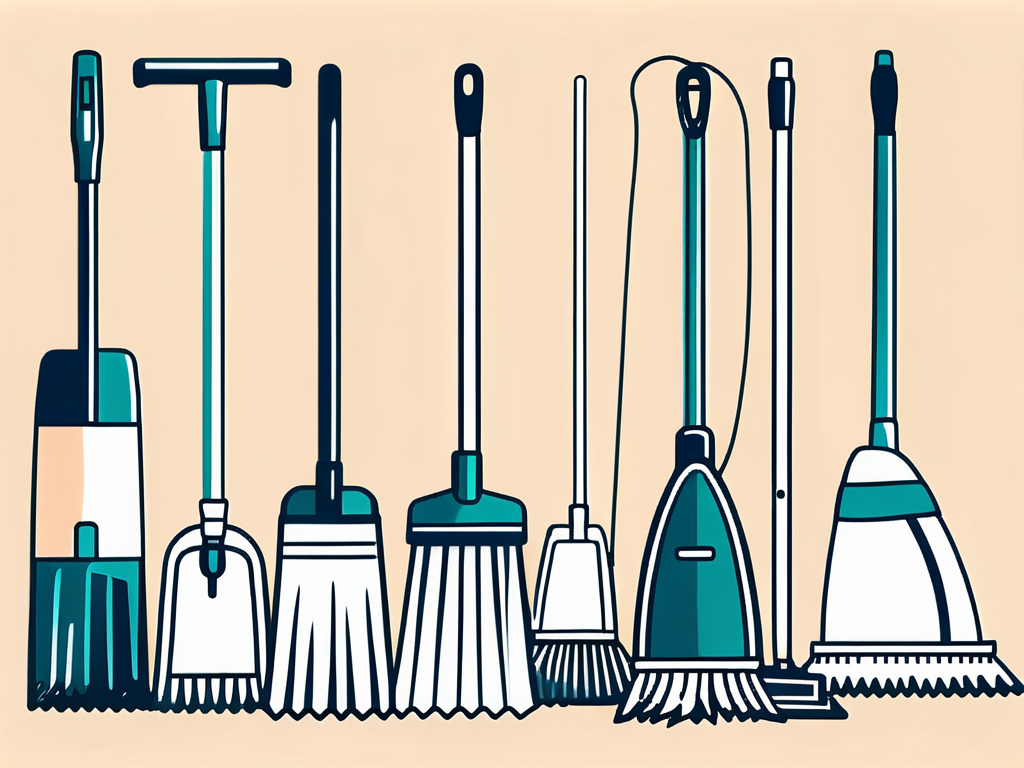What is cleaning in simple words

Cleaning is a fundamental activity that involves the removal of dirt, dust, and other unwanted substances from various surfaces. It is a process that aims to restore cleanliness, tidiness, and orderliness in homes, offices, public spaces, and even our bodies. Cleaning is an essential part of our daily lives and is often performed as a routine task to maintain cleanliness and hygiene. In this article, we will delve into the concept of cleaning, explore its basic principles, discuss the process involved, and shed light on its health and environmental impact. Additionally, we will provide some tips and hacks for effective cleaning to help you maintain a clean environment effortlessly.
Understanding the Concept of Cleaning
Defining Cleaning
Cleaning can be defined as the act of removing dirt, stains, and unwanted substances from surfaces, objects, or spaces to restore their cleanliness and hygienic conditions. It involves the use of various cleaning tools, products, and techniques to achieve desired results.
 When it comes to cleaning, there are different approaches that can be taken depending on the type of surface or object being cleaned. For example, delicate surfaces like marble or antique furniture require gentle cleaning methods to avoid damage, while tougher surfaces like kitchen countertops or bathroom tiles may need more heavy-duty cleaning solutions to effectively remove grime and bacteria.
When it comes to cleaning, there are different approaches that can be taken depending on the type of surface or object being cleaned. For example, delicate surfaces like marble or antique furniture require gentle cleaning methods to avoid damage, while tougher surfaces like kitchen countertops or bathroom tiles may need more heavy-duty cleaning solutions to effectively remove grime and bacteria.
The Importance of Cleaning
Cleaning plays a pivotal role in our lives by ensuring hygiene, health, and overall well-being. It helps prevent the spread of germs, bacteria, and diseases, promoting a safe and healthy living environment. Moreover, a clean space enhances productivity, boosts mood, and creates a pleasant ambiance.
Regular cleaning not only maintains the physical appearance of a space but also extends the lifespan of surfaces and objects. For instance, regularly dusting and vacuuming furniture can prevent the buildup of dirt and debris that can cause wear and tear over time. By incorporating cleaning into our routines, we can preserve the quality and longevity of our belongings.
The Basic Principles of Cleaning
Cleaning Tools and Their Uses
A comprehensive range of cleaning tools is available to tackle different cleaning tasks effectively. These tools include brooms, mops, vacuum cleaners, dusters, scrub brushes, and sponges, among others. Each tool serves a specific purpose, whether it’s sweeping floors, dusting surfaces, or scrubbing stubborn stains.
 Brooms come in various shapes and sizes, with some designed for indoor use while others are more suitable for outdoor cleaning. Mops are essential for efficiently cleaning floors, with options like string mops for general cleaning and flat mops for reaching tight spaces. Vacuum cleaners are versatile tools that can be used on different surfaces such as carpets, hardwood floors, and upholstery. Dusters come in different materials like microfiber or feathers, ideal for trapping dust particles without spreading them around. Scrub brushes are designed with sturdy bristles to tackle tough grime and dirt, while sponges are versatile for both gentle and tough cleaning tasks.
Brooms come in various shapes and sizes, with some designed for indoor use while others are more suitable for outdoor cleaning. Mops are essential for efficiently cleaning floors, with options like string mops for general cleaning and flat mops for reaching tight spaces. Vacuum cleaners are versatile tools that can be used on different surfaces such as carpets, hardwood floors, and upholstery. Dusters come in different materials like microfiber or feathers, ideal for trapping dust particles without spreading them around. Scrub brushes are designed with sturdy bristles to tackle tough grime and dirt, while sponges are versatile for both gentle and tough cleaning tasks.
Different Types of Cleaning
Cleaning can be classified into various types based on the area or object being cleaned. For instance, household cleaning involves maintaining cleanliness and tidiness in our homes. Commercial cleaning focuses on cleaning offices, shops, and other business establishments. Industrial cleaning involves specialized cleaning techniques for large-scale industries and factories.
Aside from these common types of cleaning, there are also specialized cleaning services such as medical cleaning, which requires adherence to strict hygiene standards to prevent the spread of infections in healthcare facilities. Another specialized area is environmental cleaning, which involves cleaning up hazardous materials and ensuring the safety of the environment. Moreover, there is also post-construction cleaning, where professionals are tasked with removing debris and dust after a construction project to make the area habitable.
The Process of Cleaning
Steps Involved in Cleaning
The cleaning process typically involves several steps to ensure a thorough and effective result. These steps may vary depending on the type of cleaning task at hand. Generally, they include assessing the area to be cleaned, removing clutter, dusting surfaces, sweeping or vacuuming, mopping floors, sanitizing surfaces, and organizing the cleaned space.
Assessing the area to be cleaned is a crucial first step in any cleaning process. It involves identifying the specific areas that require attention, as well as any potential challenges or obstacles that may impact the cleaning task. By conducting a thorough assessment, cleaners can develop a tailored cleaning plan that addresses the unique needs of the space.
Cleaning Techniques and Methods
Various cleaning techniques and methods are employed to address different cleaning challenges. Some common techniques include dry cleaning, wet cleaning, steam cleaning, and pressure washing. These techniques cater to specific cleaning requirements, such as removing stains, eliminating odors, or disinfecting surfaces.
Dry cleaning is a method that uses minimal to no water during the cleaning process, making it ideal for delicate fabrics or materials that may be damaged by moisture. Wet cleaning, on the other hand, involves the use of water and cleaning solutions to remove dirt and grime from surfaces effectively. Steam cleaning utilizes high-temperature steam to sanitize and disinfect surfaces, making it a popular choice for deep cleaning tasks. Pressure washing is a powerful cleaning method that uses high-pressure water spray to remove tough stains, dirt, and debris from outdoor surfaces like driveways, decks, and sidewalks.
Health and Environmental Impact of Cleaning
Benefits of Regular Cleaning
Regular cleaning offers numerous benefits beyond just a clean and tidy space. It helps maintain indoor air quality by removing dust, allergens, and pollutants, which can improve respiratory health and prevent allergies. Cleanliness also reduces the risk of infections and promotes overall well-being.
In addition to the health benefits, regular cleaning can also have a positive impact on mental well-being. A clean and organized space can help reduce stress and anxiety, creating a more peaceful and relaxing environment. Studies have shown that individuals who live in clean spaces are more likely to feel motivated and focused, leading to increased productivity.
Potential Hazards of Cleaning Products
Although cleaning products are essential for effective cleaning, they may sometimes contain hazardous ingredients. Some cleaning products release volatile organic compounds (VOCs) that can contribute to poor indoor air quality and pose health risks. It is crucial to choose environmentally friendly and non-toxic cleaning products to minimize these hazards.
Furthermore, the improper use or mixing of cleaning products can result in harmful chemical reactions and the release of toxic fumes. It is important to always follow the instructions on cleaning product labels and avoid combining different products unless specifically recommended. Proper ventilation is also key when using cleaning products to ensure that any potentially harmful fumes are dispersed safely.
Tips for Effective Cleaning
Cleaning Hacks for Everyday Use
Everyday cleaning can be made easier and more efficient with some simple hacks. For example, using baking soda and vinegar as natural cleaning agents, creating a cleaning schedule, and utilizing microfiber cloths for dusting are just a few hacks that can simplify your cleaning routine and yield better results.
 Another useful hack for everyday cleaning is to make your own all-purpose cleaner using simple ingredients like water, vinegar, and essential oils. This DIY cleaner is not only cost-effective but also environmentally friendly, reducing the need for harsh chemicals in your home.
Another useful hack for everyday cleaning is to make your own all-purpose cleaner using simple ingredients like water, vinegar, and essential oils. This DIY cleaner is not only cost-effective but also environmentally friendly, reducing the need for harsh chemicals in your home.
Maintaining a Clean Environment
Cleaning is an ongoing process, and maintaining a clean environment requires consistency and effort. Regular decluttering, implementing good hygiene practices, and involving all members of the household or organization can contribute to a clean and organized space that is conducive to well-being and productivity.
Furthermore, incorporating indoor plants into your living or working space can also help maintain a clean environment. Plants not only add a touch of nature to your surroundings but also act as natural air purifiers, improving air quality and creating a healthier atmosphere.
In conclusion, cleaning is much more than a mundane chore. It is a vital process that ensures cleanliness, tidiness, and hygiene in various spaces and objects we interact with daily. From understanding the basic principles of cleaning to evaluating its health and environmental impact, this article has provided insights into the significance of cleaning and shared tips for effective cleaning. By implementing these practices, you can maintain a clean and healthy environment effortlessly, reaping the benefits of a tidy and organized space.


